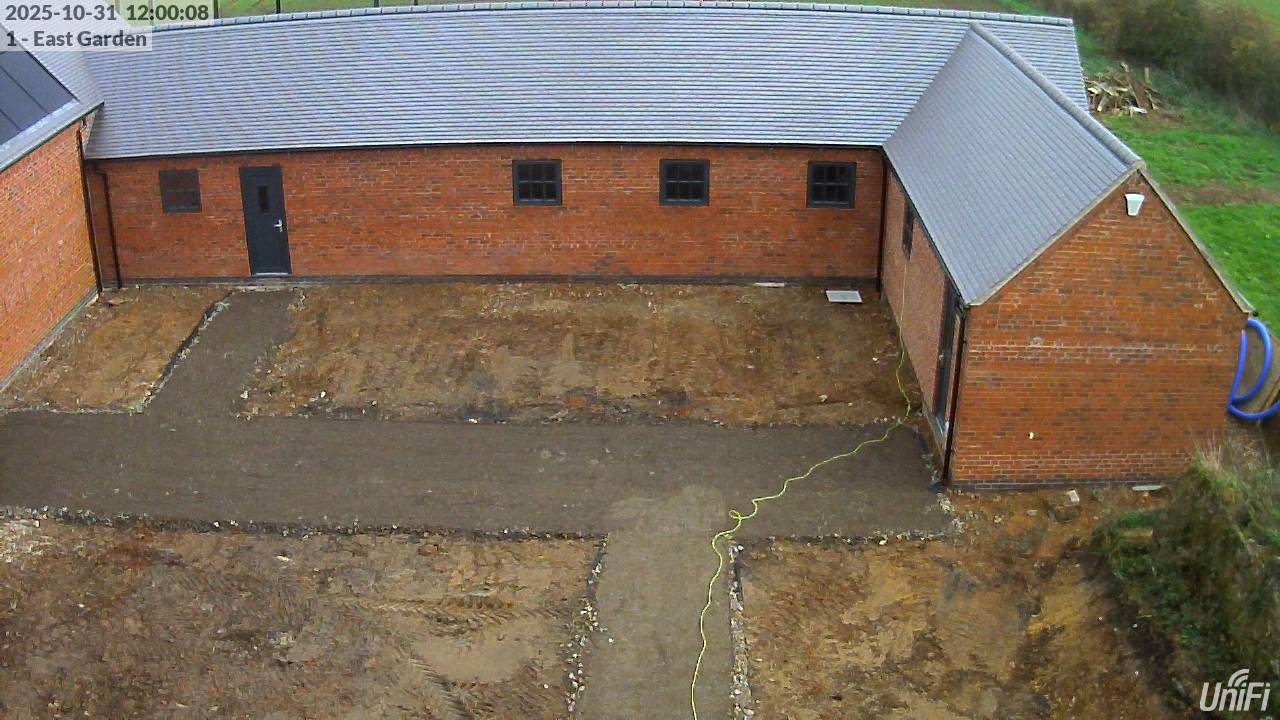The Tesla PowerWall 3 system got commissioned around noon on Friday 31st October and I selected its “Time-Based Control” algorithm for battery charge management, which is described as:
Uses stored energy to maximise savings based on your utility rate plan. Gives you the lowest energy bill
With this setting:
- It knows the Import and Export tariff prices at different times of day
- For Import I’m on Intelligent Octopus Go so it’s £0.07 overnight and £0.2812 in the daytime – and for Export it’s Outgoing Octopus so £0.15 (all the time, even overnight?)
- It tries to avoid importing any peak-rate electricity and so fully-charges the batteries from the Grid overnight, hence they’re at 100% at 05:30 when the peak-rate period starts
- It powers the House from the batteries until there’s enough sunshine for the solar panels to take over the load (very roughly 08:30) when the batteries are still almost full (92% on 1st November)
- It then exports excess solar generation to the Grid – but the site has a 5.5kW export limit and even in November there can be easily be 12kW or more of solar generation, so once the batteries are full again the solar generation has to be ‘curtailed’
On Saturday 1st November, the result was the following solar generation profile:

The solar generation would probably have peaked at around 12kW and I estimate there were 5 more hours when it exceeded 6.4kW. As it turns out, there was no need to charge the batteries from the Grid the previous night – so the money used to do that could have been saved.
Clearly the better approach would be to leave enough headroom in the batteries to accept all of the forecast excess solar generation (i.e. everything not able to be exported) during the coming day(s).
Instead of “Time-Based Control”, the alternative charge management algorithm is “Self-Powered” which is described as:
Use stored energy to power your home after the sun goes down. Reduces your reliance on the grid.
Might that be closer to the behaviour I want?
There was a warning message in the Tesla app that the system ‘learns’ about the energy use profile during the first week of operation and so its behaviour during the first few days might not be representative. Does that imply that Time-Based Control might ‘learn’ that it doesn’t need to charge to 100% overnight if I give it more time?
The coming days are forecast to be much more cloudy, with much less likelihood of exceeding 6.4kW of solar generation for long periods, so much less chance of the batteries being recharged to 100% during the daytime – which is the ‘problem’. When that limit isn’t reached it’s actually cheaper to Export during the day (at £0.15) and then Import overnight (at £0.07).
Other people have found they needed to apply some sort of ‘supervisory’ control over the top of the standard Tesla algorithms to achieve the behaviour they wanted with a very similar set-up; e.g. https://scotthelme.co.uk/hacking-my-tesla-powerwalls-to-be-the-ultimate-home-energy-solution/ and https://scotthelme.co.uk/v2-hacking-my-tesla-powerwalls-to-be-the-ultimate-home-energy-solution/ – which is using Teslemetry and Home Assistant.
I suspect some sort of more advanced control will be required at some point – notably to force-discharge the batteries for the evening peak. That might be easiest to achieve by having Octopus take over (some element of) the control though.

